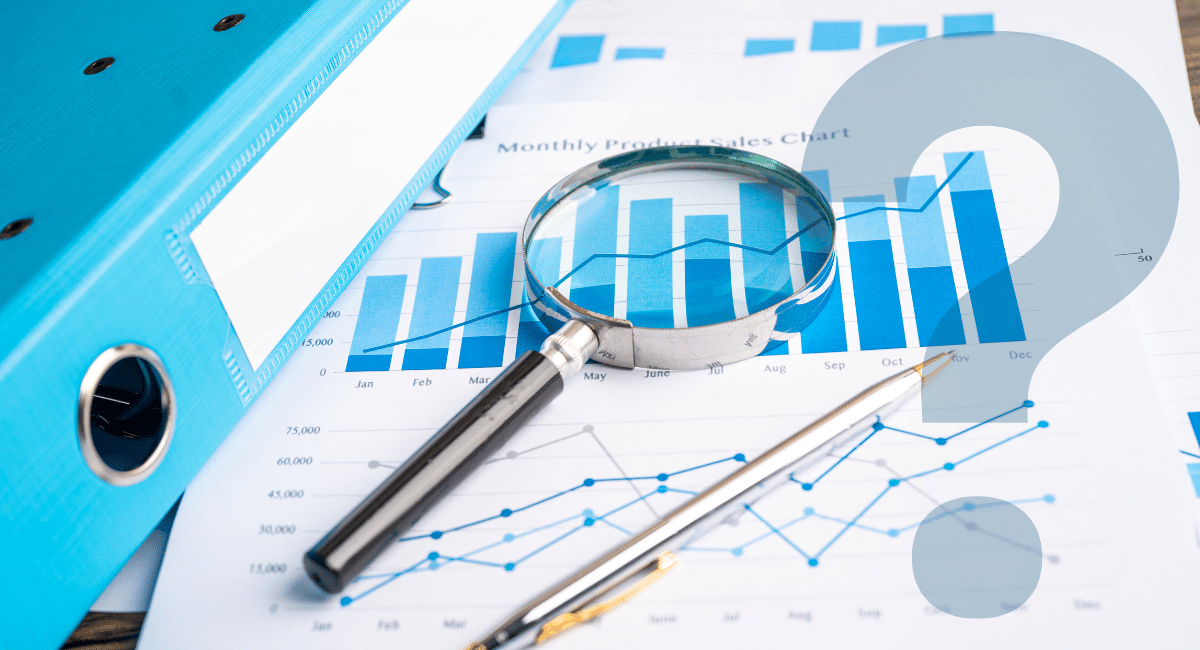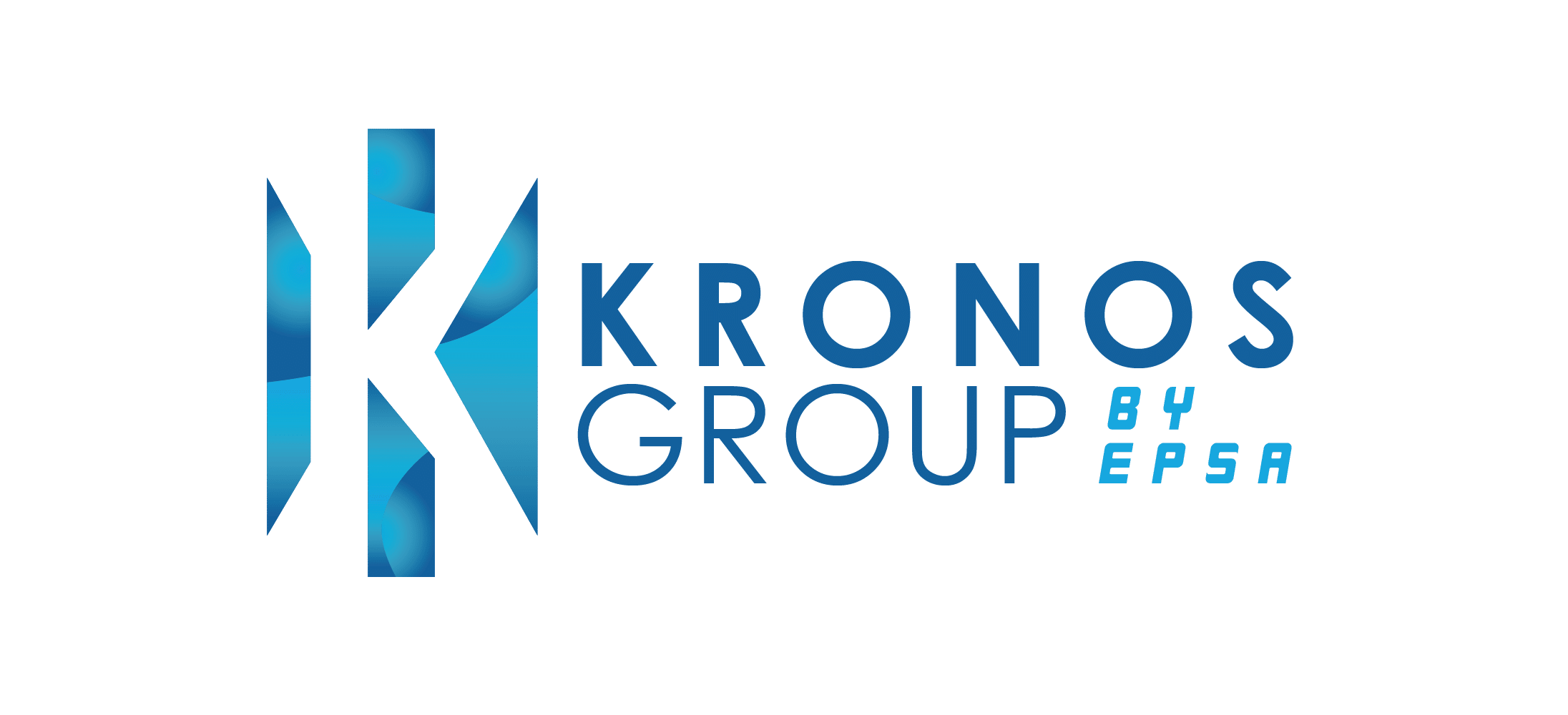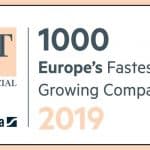Is procurement spend analysis overhyped?

Summary
Procurement spend analysis is the process of examining an organisation’s expenditure data to uncover insights for better decision-making and cost management. The promised benefits include cost savings, supplier performance optimisation, risk mitigation, and improved compliance. The case for the hype includes success stories where spend analysis has driven significant value, particularly with the help of AI and big data. However, there are limitations, such as data silos, high implementation costs, and over-reliance on tools. Procurement spend analysis can drive impact when implemented well, but it may fall short if not executed strategically, leading some to question whether it’s truly overhyped.
In the corporate world, staying on top of spending is more than just good practice—it’s a critical advantage. Procurement spend analysis is the process of examining and interpreting an organisation’s expenditure data and has become a key focus for companies aiming to sharpen their competitive edge. From identifying cost-saving opportunities to fostering better supplier partnerships, it promises to turn raw numbers into strategic insights.
So, why is spend analysis such a hot topic? In today’s business landscape, where supply chain challenges, economic uncertainty, and cost pressures are constant, organisations are under immense pressure to optimise every penny. Spend analysis in procurement has been touted as the solution to unlocking value and driving efficiency across the board.
But is it genuinely as transformative as its proponents claim? Or is it an overhyped trend in the race to stay modern? Let’s take a closer look at whether spend analysis in procurement truly delivers on its promises—or simply benefits from being the latest corporate buzzword.
What is procurement spend analysis?
Spend analysis in procurement is the systematic process of collecting, categorising, and analysing an organisation’s expenditure data to uncover insights that drive better decision-making and cost management. By turning raw spending data into actionable intelligence, businesses can identify inefficiencies, consolidate suppliers, negotiate favourable contracts, and align purchasing with strategic goals.
The tools and techniques involved in spend analysis include data aggregation, where information from various sources is brought together; categorisation, which organises spending into clear, comparable groups; and advanced analytics, often powered by AI and machine learning, to detect patterns and opportunities that might otherwise remain hidden.
In 2024, 75% of companies have planned initiatives to improve their data analytics and reporting capabilities, reflecting the growing recognition of spend analysis as a critical component of corporate strategy.
With 55% of companies increasing their supply chain investments, organisations are responding to pressures like fluctuating costs, supply disruptions, and sustainability demands. These challenges also underscore the opportunities provided by advanced technologies, enabling companies to navigate complexities and drive long-term value through smarter procurement decisions. Spend analysis in procurement serves not just as a tool for cost control but as a lever for innovation and competitive advantage.
What are the promised benefits of spend analysis in procurement?
Procurement spend analysis is more than just a numbers game—it’s about unlocking the potential hidden in your organisation’s data. By taking a closer look at how money is spent, companies can uncover valuable insights that drive smarter decisions and better outcomes.
From cutting unnecessary costs to building stronger supplier relationships and mitigating risks, the promises of spend analysis are compelling. But what exactly makes it so impactful? Spend analysis in procurement is often lauded for its potential to transform how businesses operate. Let’s break down the key benefits and explore how they translate into real-world value for businesses.
Cost savings
Imagine trying to save money at home by tracking your expenses, only to realise you’re paying for multiple streaming subscriptions you never use. Businesses face a similar problem but on a much larger scale. Spend analysis in procurement helps identify areas of overspending, such as duplicate supplier contracts or inflated costs, and flags opportunities for negotiation or consolidation. For example, bulk purchasing from a single supplier might unlock discounts that were previously overlooked.
Supplier performance optimisation
Think of suppliers as business partners—they’re crucial to success. But what happens when a partner underdelivers? Spend analysis doesn’t just focus on numbers; it evaluates supplier performance, helping businesses determine which partnerships are worth nurturing and which may need re-evaluating. This ensures that organisations can build stronger, more reliable supply chains, leading to better product quality, faster delivery, and fewer disruptions.
Risk mitigation
In a world where supply chain disruptions are a constant threat, understanding risks is critical. Advanced spend analysis tools integrate with risk management technologies to provide insights that enable proactive decision-making. 57% of businesses report improved decisions based on risk insights from these technologies. Whether it’s identifying overreliance on a single supplier or flagging financial instability within the supply chain, spend analysis helps organisations stay ahead of potential issues.
Improved compliance and contract management
Picture this: you’ve agreed to terms with a supplier, but, their prices creep above the contract’s agreed rates somewhere down the line. Without proper oversight, these discrepancies can go unnoticed. Spend analysis ensures compliance by cross-referencing spending with contract terms, and flagging any breaches or inefficiencies. It also helps monitor adherence to regulatory requirements, reducing the risk of costly penalties and reputational damage.
Each of these benefits demonstrates how spend analysis in procurement doesn’t just save money—it empowers businesses to make smarter, more strategic decisions while building resilience in a challenging and ever-evolving landscape.
What is the case for the hype for procurement spend analysis?
The ability to turn data into actionable insights is a competitive necessity. Spend analysis in procurement has gained significant attention for its promise to do just that—helping businesses cut costs, improve supplier relationships, and align spending with broader strategic goals. But is the hype justified?
Success stories from leading companies show how spend analysis can deliver tangible results, from millions in savings to greater operational resilience. At the same time, advancements in technology, such as AI and big data, have elevated their potential, allowing organisations to uncover insights faster and more effectively than ever before.
For example, a global manufacturing company consolidated its supplier base after analysing its procurement spend. By reducing redundancies and negotiating better contracts, the company saved millions annually while improving supplier reliability. An organisation in the retail sector used spend analysis to identify inefficiencies in logistics, cutting transportation costs by 20% and reducing its carbon footprint simultaneously. These success stories demonstrate how spend analysis translates into measurable outcomes.
Enhanced by technological advancements
Modern technologies like AI and big data have taken spend analysis in procurement to the next level. AI-powered tools can process vast amounts of data in seconds, identifying patterns and opportunities that would be impossible for manual analysis to uncover. Big data analytics offers deeper insights into spending behaviour, supplier performance, and market trends, enabling organisations to make decisions with unprecedented precision. It’s no surprise that 74% of supply chain leaders are increasing investments in supply chain technology and innovation, recognising the transformative power of these tools.
Alignment with broader business goals
Spend analysis isn’t just about cutting costs—it’s about aligning procurement with strategic objectives. For instance, many businesses use spend analysis to drive sustainability initiatives, such as sourcing from eco-friendly suppliers or reducing waste in their supply chains. It also supports innovation by reallocating resources toward investments in cutting-edge technology or product development.
These successes and synergies explain why spend analysis in procurement continues to attract attention—and investment—as organisations seek not only to optimise costs but to achieve long-term, strategic value.
Are there limitations and challenges to procurement spend analysis?
While procurement spend analysis holds significant promise, it’s not without its challenges. For many organisations, the road to unlocking its full potential is fraught with obstacles that can limit its effectiveness or delay results. Understanding these limitations is critical to setting realistic expectations and designing strategies that mitigate potential pitfalls.
Data silos and quality problems
Procurement spend analysis relies on accurate and comprehensive data—but what happens when that data is incomplete or scattered across siloed systems? Many organisations struggle with fragmented data making it difficult to gain a full view of their spending. For example, if procurement data isn’t integrated with finance systems, key insights may be lost, leading to inaccurate analysis and missed opportunities.
High implementation costs
The initial setup for spend analysis in procurement tools and processes can be expensive. Beyond software costs, organisations often face additional expenses for data integration, employee training, and ongoing system maintenance. These costs can be prohibitive, especially for smaller businesses, and may delay the realisation of returns on investment.
Over-reliance on tools rather than actionable insights
Advanced technologies like AI and machine learning have revolutionised spend analysis in procurement, but they can also create a false sense of security. Tools are only as effective as the strategies they support, and over-reliance on software without a clear plan for translating findings into action can result in underwhelming outcomes. Businesses that fail to link insights to practical decisions risk turning their analysis into an expensive exercise with little tangible benefit.
Not every implementation of spend analysis results in success. By recognising these limitations, organisations can take a more measured approach to spend analysis in procurement, focusing not just on the tools but on the processes, people, and strategies needed to maximise its impact.
Is procurement spend analysis truly overhyped?
Spend analysis in procurement is often portrayed as a silver bullet for driving cost savings, improving supplier relationships, and optimising business operations. Yet, despite its widespread adoption, questions remain: is the hype surrounding this practice justified, or does it fail to live up to expectations? To answer this, we need to weigh the evidence, considering both success stories and situations where spend analysis hasn’t delivered the promised results.
When does procurement spend analysis drive impact?
One of the clearest indicators of spend analysis in procurement value comes from the significant improvements organisations have realised in cost reduction and risk management. According to recent studies, companies prioritising proper supply chain risk management planning can realise up to 70% additional value in reducing costs and avoiding unnecessary expenses. When implemented correctly, spend analysis helps businesses spot inefficiencies, consolidate spending, and negotiate better terms with suppliers, leading to tangible cost savings.
Additionally, companies that leverage AI and big data analytics in their procurement strategies have seen enhanced decision-making and more effective supplier management. For example, businesses with integrated spend analysis tools often report improved cash flow, greater operational agility, and a more resilient supply chain, all of which are crucial in today’s volatile market.
However, the success stories don’t always reflect the reality for every organisation. In many cases, the hype falls short due to poor implementation or over-reliance on technology without proper support structures. Data quality issues, lack of skilled personnel, and failure to integrate spend analysis with broader business strategies often lead to disappointing results.
This highlights a fundamental issue: the problem often lies not with the concept of spend analysis itself but with how it’s implemented. Without a clear strategy and an organisational commitment to high-quality data and continuous improvement, the value of spend analysis can quickly diminish.
So, is procurement spend analysis truly overhyped? When executed well, it can unlock significant value for organisations, driving cost savings, risk mitigation, and operational improvements. However, when implemented poorly or treated as a quick-fix solution, it can lead to underwhelming outcomes. The key takeaway is that spend analysis in procurement isn’t inherently flawed—it’s about recognising the challenges in data quality, integration, and organisational commitment to realise its full potential. The hype is justified when the right conditions are in place.
Unlock the potential of procurement spend analysis with Kronos Group
Organisations must go beyond simply adopting tools and technologies. Success hinges on how effectively these tools are integrated into the overall business strategy, how data is managed, and how insights are translated into action.
Spend analysis shouldn’t exist in a silo; it must support the company’s strategic objectives, whether it’s reducing costs, improving supplier performance, driving sustainability, or increasing innovation.
Get in touch with Kronos Group and ensure that procurement spend optimisation analysis doesn’t just deliver insights—but drives meaningful, sustainable value that aligns with both short-term and long-term business goals.
It should be an ongoing process, with reviews conducted regularly—at least quarterly or biannually. Continuous monitoring ensures that spending patterns remain aligned with business goals and market conditions, enabling the business to stay responsive and agile.
Spend analysis in procurement should be an ongoing, continuous process. The procurement landscape, market conditions, and business priorities change over time, meaning that insights from past spend must be regularly updated to remain relevant. By continuously monitoring and analysing procurement data, businesses can stay agile, adapt to new trends, identify emerging risks, and find new opportunities for cost optimisation and efficiency.
Yes, spend analysis in procurement is a critical tool for staying competitive in the market. By providing insights into spending trends, market prices, and supplier performance, businesses can make more informed decisions that drive efficiency and innovation. The ability to quickly adjust procurement strategies based on analysis ensures that companies can remain agile and responsive to market shifts, positioning them to better compete with peers.



